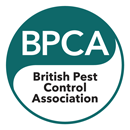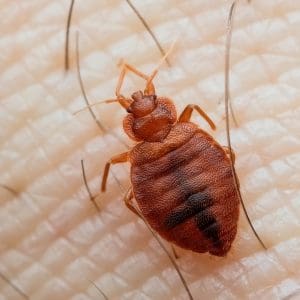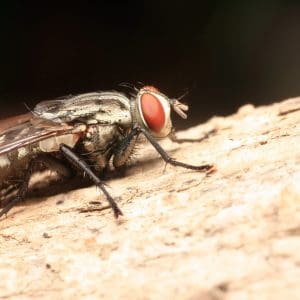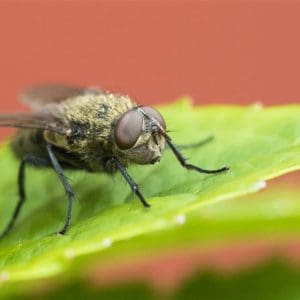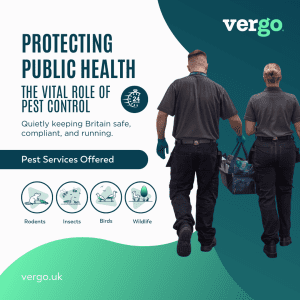Vergo Pest Management Ltd has over 45 years industry experience, offering both commercial and residential customers fast and effective pest control services banishing public health pests.
Textile pests like clothes moths and carpet beetles can cause significant damage to fabrics in your home or business. From damaging clothing to fraying carpets and upholstery, these pests are often drawn to natural fibers such as wool, silk, and cotton. Preventing an infestation requires a proactive approach, as catching these pests early is key to minimizing their impact. By following these essential tips, you can protect your fabrics and prevent a textile pest problem from developing.
-
1. Vacuum Regularly – Focus on Key Areas
Regular vacuuming is one of the most effective ways to keep textile pests at bay. Pay special attention to areas where dust and debris accumulate, particularly in hard-to-reach spaces under furniture, storage heaters, and along skirting boards. These areas provide ideal hiding spots for larvae, which feed on organic matter trapped in carpets and fabrics. Vacuuming not only removes food sources but can also pick up eggs and larvae, reducing the chance of an infestation taking hold.
-
2. Remove Bird Nests from Eaves and Loft Spaces
Bird nests in eaves and lofts can become breeding grounds for textile pests, particularly carpet beetles, which may migrate indoors. Birds bring organic materials into nests, which can attract beetles and other pests that feed on natural fibers. Once established, these pests can move from the nest into the house. Regularly inspecting and safely removing any unoccupied bird nests from eaves and loft spaces can help eliminate this common source of textile pest problems.
-
3. Dispose of Dead Birds or Rodents in Hidden Areas
Textile pests can also be attracted to the presence of dead animals, which provide a food source. Finding and removing dead birds or rodents from areas such as chimneys, under floors, or in lofts is essential. These hidden spaces can be overlooked during regular cleaning, but they are often where pests find shelter and sustenance. Quick and proper disposal is crucial in preventing these pests from establishing themselves and spreading into other parts of the building.
-
4. Avoid Storing Natural Fiber Goods in Lofts
Lofts and attics are common storage spaces for old carpets, clothing, and other items that contain natural fibers. Unfortunately, these materials can serve as a food source for textile pests, especially if stored long-term in areas that are seldom disturbed. To minimize the risk, avoid storing wool, silk, or other natural fiber goods in loft spaces. If storage in these areas is necessary, seal items in airtight containers to keep pests out.
-
5. Maintain Good Hygiene Throughout the Home
Good hygiene is fundamental to keeping textile pests away. Regularly dust and clean all areas, not just those with fabrics, as larvae can be attracted to accumulated dust, lint, and debris. Clean under furniture, move storage boxes periodically, and avoid leaving piles of clothing or fabric in damp, undisturbed places. By keeping your space free of dust and organic material, you reduce the likelihood of providing food and shelter to textile pests.

